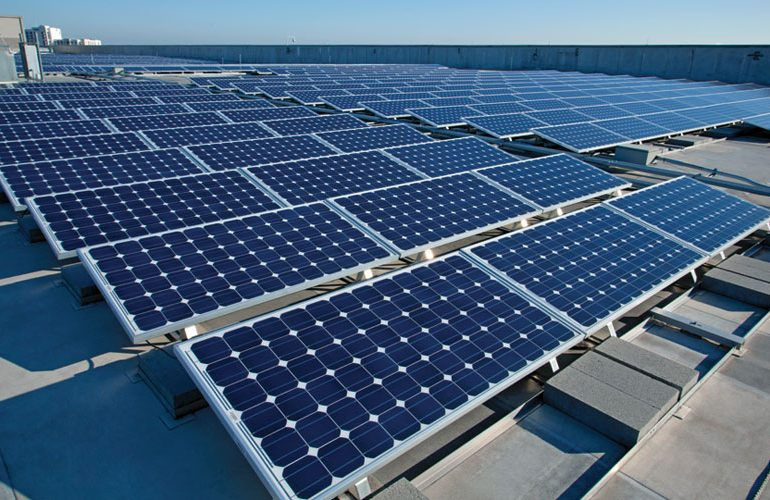Renewable energy set to be cheaper than fossil fuels by 2020, according to new report
- Reon Energy
- Mar 4, 2020
- 2 min read
Experts predict that investment in green infrastructure projects will lead to decreases in the cost of energy for consumers, which will ultimately lead to cheaper renewable energy than fossil fuels in two years. All the renewable power generation technologies that are now in commercial use are expected to fall within the fossil fuel-fired cost range. Of those technologies, most will either be at the lower end of the cost range or actually undercutting fossil fuels.
It is also pertinent to mention here that continuous technological improvements have led to a rapid fall in the cost of renewable energy in recent years, meaning some forms can already comfortably compete with fossil fuels. As renewable energy becomes cheaper, consumers will benefit from investment in green infrastructure.
The current cost for fossil fuel power generation ranges from around 4p to 12p per kilowatt hour across G20 countries. By 2020, IREA predicted renewables will cost between 2p and 7p, with the best onshore wind and solar photovoltaic projects expected to deliver electricity by 2p or less next year.
“This new dynamic signals a significant shift in the energy paradigm,” said Adnan Amin, director-general of the International Renewable Energy Agency (IREA), which published the report. The report looked specifically at the relative cost of new energy projects being commissioned.
“Turning to renewables for new power generation is not simply an environmentally conscious decision, it is now – overwhelmingly – a smart economic one.”
“If the stuff you’re building to generate electricity costs less, the end effect of that is having to pay less for the electricity that comes from it,” Jonathan Marshall, energy analyst at the Energy and Climate Intelligence Unit (ECIU) told The Independent.
Other methods of producing renewable energy, such as offshore wind farms and solar thermal energy, are not yet as competitive as fossil fuels. However, the results of recent renewable power auctions for projects to be commissioned in the coming years suggest these forms too are due to drop in price.
Auctions provide a useful means of predicting the future cost of electricity.
Moreover, it is important to understand that these cost declines across technologies are unprecedented and representative of the degree to which renewable energy is disrupting the global energy system.
A spokesperson from the Department for Business, Energy and Industrial Strategy said the Government could still support onshore wind where there is local support, such as on the Scottish islands.
“We are pleased to see that established technologies, such as onshore wind and solar, are driving costs down for consumers,” they said.
“If this continues, and they have local support, they may play a significant role in the energy mix in future.



Comments